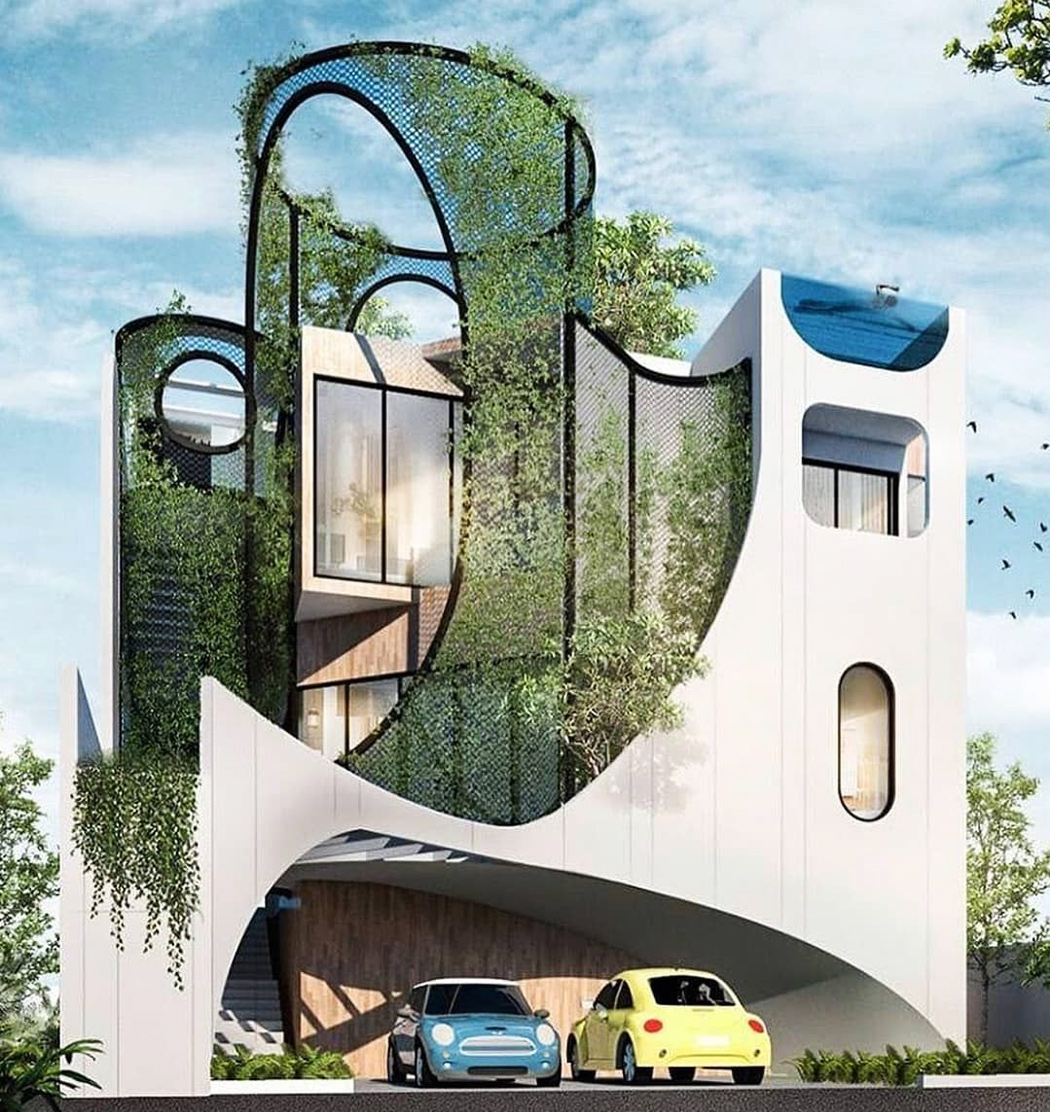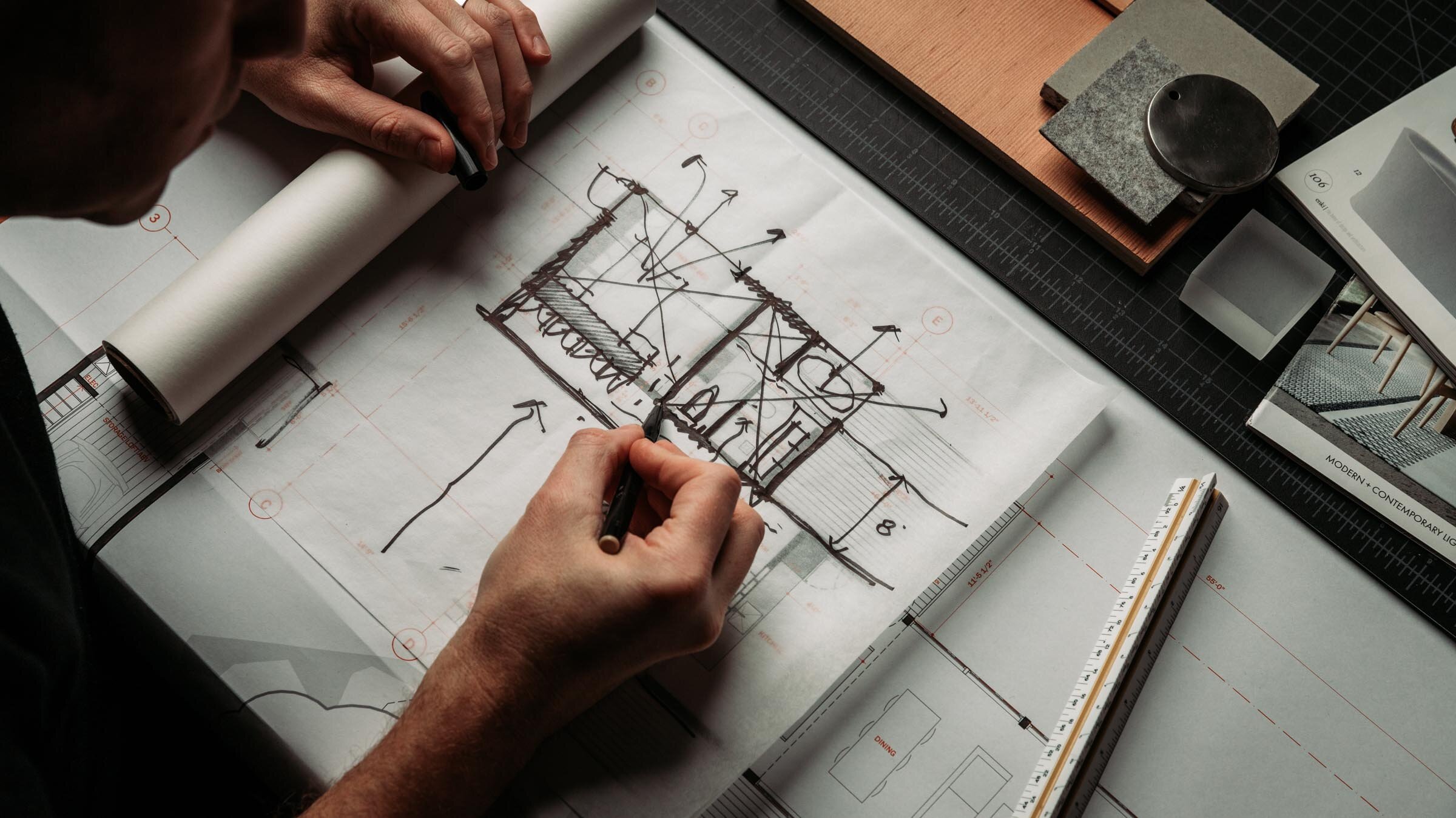Exactly How CDA Architects Integrate Creative Thinking and Functionality in Modern Architecture
The Influence of Technological Developments on the Layout Practices of Contemporary Architects
The quick advancement of technological devices has actually significantly improved the layout landscape for modern architects, fostering unprecedented levels of advancement and sustainability. Discovering these dynamics reveals a nuanced interplay in between modern technology and traditional design methodologies, prompting a closer examination of what the future holds for architectural practices.
Evolution of Architectural Devices
Just how have building devices changed the style and building processes over the centuries? The evolution of architectural tools has substantially affected the performance, precision, and creative thinking of layout and building and construction. In old times, designers count on simple instruments such as plumb bobs, measuring poles, and fundamental geometry to create frameworks. These tools laid the foundation for very early building method, permitting the construction of legendary frameworks, albeit with restrictions in precision and intricacy.
With the advent of the Renaissance, the intro of the compass and the protractor noted a pivotal change. These tools made it possible for engineers to accomplish greater precision in their styles, helping with the appearance of more intricate and proportional buildings. The Industrial Transformation better changed architectural exercise with the intro of mechanical devices and materials, permitting larger and much more enthusiastic tasks.
In the 20th century, the growth of computer-aided layout (CAD) software changed the landscape when again, giving architects with unmatched capacities in modeling and visualization. Today, advanced devices such as Structure Information Modeling (BIM) and parametric style software program continue to push the limits of building development, allowing an extra integrated method to layout and construction processes.
Enhanced Collaboration in Design
As technology remains to develop, enhanced collaboration in design has become a cornerstone of modern architectural technique. The assimilation of electronic devices such as Structure Info Modeling (BIM), cloud-based platforms, and advanced visualization software has changed the means engineers, designers, and stakeholders engage throughout the style process. These tools promote real-time interaction, permitting teams to share ideas, modifications, and responses immediately, no matter geographical area.

Furthermore, interdisciplinary cooperation has been streamlined with these technical developments, allowing engineers to work much more very closely with various other professionals, such as metropolitan coordinators and ecological consultants. The result is a much more natural approach to develop that thinks about numerous perspectives and experience. Ultimately, improved cooperation in style is not simply a fad; it is essential for creating ingenious, practical, and aesthetically pleasing design in a significantly complicated globe.

Sustainability Through Modern Technology
Sustainability in style has actually progressively ended up being intertwined with technical technology, driving the market toward eco liable techniques. Contemporary engineers are leveraging innovative modern technologies to reduce ecological impact while boosting the performance of structures. cda architects. One popular example is using Structure Info Modeling (BIM), which enables for accurate planning and source allotment, reducing waste throughout construction and advertising energy performance throughout a structure's lifecycle
In addition, clever products and energy-efficient systems are being incorporated into designs to maximize source usage. Technologies such as photovoltaic or pv cells and green roof covering systems harness eco-friendly energy resources, contributing to lowered carbon impacts. Additionally, the application of artificial intelligence in design procedures enables designers to simulate and evaluate power consumption, directing decisions toward even more lasting results.
The assimilation of sustainable innovations not just straightens with global environmental objectives yet additionally satisfies a raising demand from consumers for green solutions. As designers accept these technologies, the emphasis shifts towards creating areas that are not just cosmetically pleasing yet additionally functionally sustainable, thereby redefining the standards of contemporary design. By doing this, modern technology works as a stimulant for sustainability, enabling architects to design buildings that respect and enhance the natural environment.
Challenges in Implementation
While technological advancements in architecture hold fantastic guarantee for improving sustainability, their application typically comes across considerable difficulties. One primary obstacle is the steep learning contour linked with brand-new innovations. Designers and construction professionals might call for substantial training to efficiently utilize advanced software program and devices, which can delay project timelines and increase prices.
Furthermore, the integration of arising modern technologies, such as Building Information Modeling (BIM) and lasting materials, often demands partnership across multidisciplinary groups. This partnership can be impeded by differences in expertise, operations, and communication designs, causing potential problems and ineffectiveness.

Additionally, governing structures and building regulations may not equal technological improvements, developing obscurity and potential compliance issues. This visit site challenge can dissuade designers from completely accepting new innovations, as the danger of non-compliance might exceed the advantages. Dealing with these application challenges is essential for the successful integration of technical innovations in modern architectural practices.
Future Trends in Style
The obstacles related to the application of new technologies in architecture have actually triggered a reevaluation of future patterns within the industry - cda architects. As architects browse concerns such continue reading this as sustainability, urbanization, and social equity, they are progressively embracing innovative modern technologies to boost style effectiveness and environmental efficiency
One noticeable fad is the combination of synthetic knowledge (AI) in the style process. AI devices can examine large datasets to inform layout decisions, enhancing both creative thinking and performance. Similarly, Structure Info Modeling (BIM) continues to progress, allowing real-time collaboration amongst stakeholders and promoting structured task management.
Sustainable design techniques are likewise obtaining momentum, with designers focusing on flexible reuse and regenerative style concepts that lessen source usage and waste. The unification of clever products and renewable resource resources will even more enhance the strength of structures when faced with climate change.
Additionally, the increase of parametric layout enables more customized and context-sensitive building options (cda architects). By taking advantage of these advancements, engineers are poised to produce built atmospheres that not just address the immediate requirements of society yet also anticipate future difficulties, thereby redefining the role our website of architecture in an ever-changing globe
Conclusion
Technical advancements have actually significantly improved architectural design methods, promoting improved precision, partnership, and sustainability. The integration of devices such as Building Info Modeling and parametric design software, alongside artificial intelligence and wise materials, equips designers to attend to intricate difficulties a lot more effectively.